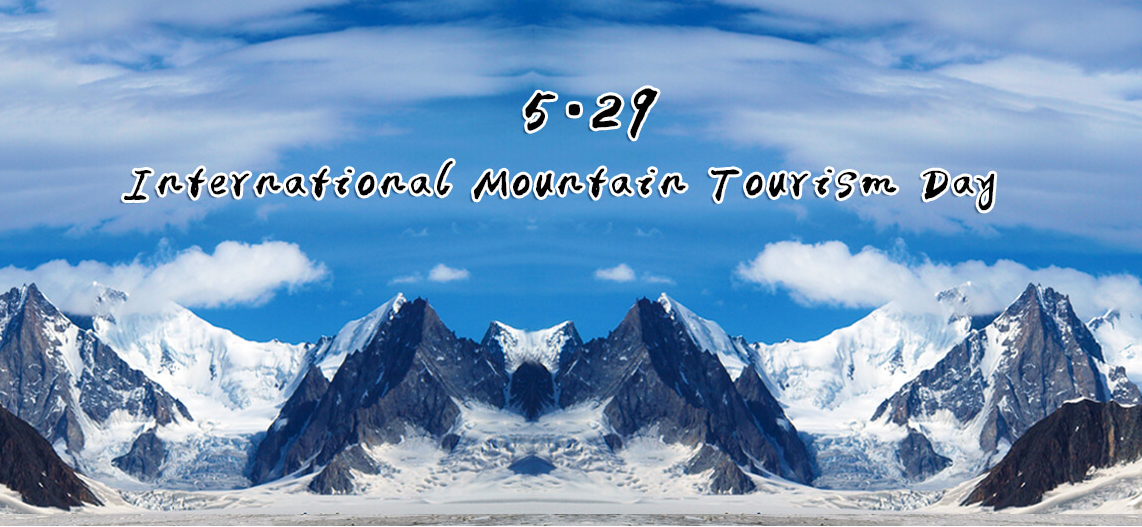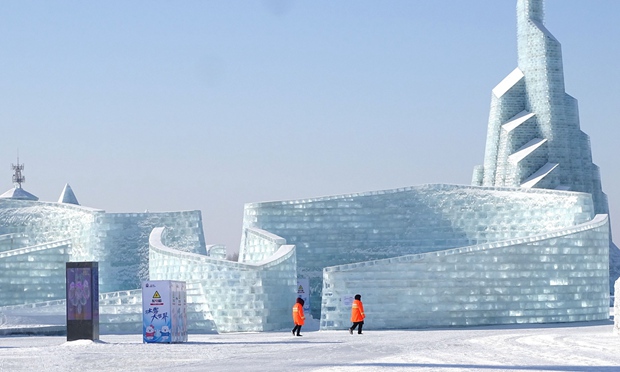
Visitors at the Harbin Ice & Snow World on January 2, 2022. Photo: IC
Every winter in northeast China, the coldest places are often the hottest tourist spots. This is especially true at the moment, with the 2022 Beijing Winter Olympics just around the corner and the Chinese people's passion for the cold greater than ever.
Ice and Snow World, a famous seasonal attraction in Harbin, capital of Heilongjiang Province, was bustling with tourists during the recent New Year holiday, which lasted from January 1 to 3.
Covering an area of 820,000 square meters, the park used some 230,000 cubic meters of ice and snow to create 65 different landscapes this year, with the popular "super ice slide" attraction extended to 423 meters.
Comprehensive COVID-19 prevention measures are in place. Visitors can be seen lining up in an orderly manner at the gate, scanning their health codes and having their temperatures taken before entering the park.
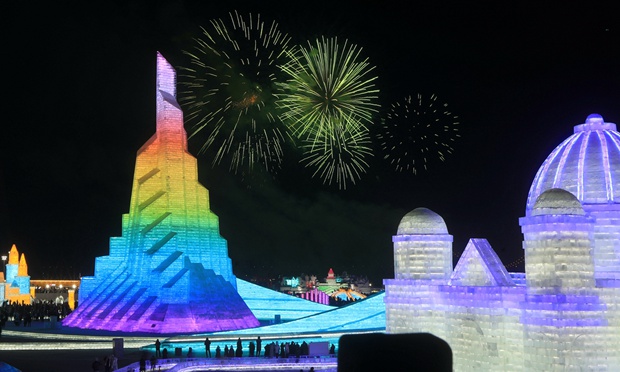
Visitors enjoy a fireworks display at the Harbin Ice & Snow World on December 31, 2021. Photo: VCG
Park tour guide Liu Lu spends about six hours in the freezing weather every day, showing visitors the sights and telling them how the ice was collected and how the park was built.
"When I see tourists enjoying the park, I see the value of my job and don't feel cold at all," Liu said.
Located in the Changbai Mountains, the Snow Village in Heilongjiang's Hailin City kicked off its annual tourist season on December 29, when local temperatures dropped to around -20 C, transforming the village into a snow-capped wonderland.
Fan Zhaoyi runs a homestay in the village. Days before its opening, he stored plenty of food and had some maintenance work done in preparation for the incoming tourist rush.
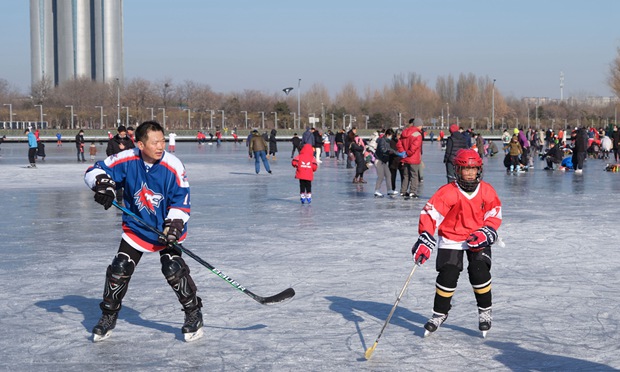
People play ice hockey in a park in Beijing on January 3, 2022. Photo: VCG
Fan said the attraction has become increasingly popular with visitors from south China, where impressive snowy scenery is hard to find. In the northern village, snowy weather can last seven months a year.
The village has conducted emergency drills for all staff and provided training on infectious disease prevention and emergency response. It is also equipped with a mobile nucleic acid testing laboratory with a daily testing capacity of 10,000 samples.
The Snow Village was formerly a forest farm, and Fan once worked there as a logger. The development of ice-snow tourism has benefited both local economic upgrading and environmental protection efforts.
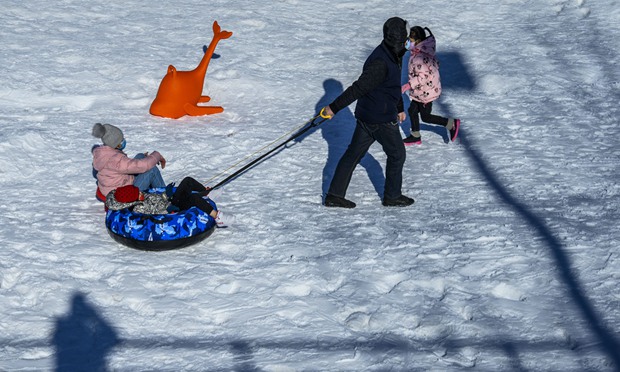
People have fun on the ice in a park in Beijing on January 2, 2022. Photo: VCG
Over recent years, the Chinese people's fervor for winter sports has also been on the rise, with night skiing in the spotlight. Experts have noted that the night-skiing economy has become a new economic driving force in northern China.
The Songhuahu Ski Field, a well-reputed urban ski resort in Jilin City, Jilin Province, introduced night skiing sessions in 2016, and the number of participants has grown from 30,000 to around 100,000 in 2021, according to Wang Jiayu, a manager at the resort.
"Night skiing is a perfect way for me to deal with stress," said frequent visitor Zhang Tian.
"It has become an integral part of my winter entertainment."
Business-savvy people are now catching up with the latest trend, building up catering and hospitality services as well as hot springs around ski resorts. Zhao Chunjie, who has been an avid skier for 10 years, recently opened a homestay near the Songhuahu resort.
"My homestay can accommodate over 100 guests, and tourists from south China have been accounting for 70 to 80 percent of the total," he said, noting that the homestay is already fully booked for the Lunar New Year holiday in February.
Zhao is quite confident about his business. "I believe that more people will engage in ice and snow sports after the 2022 Winter Olympics conclude," he said.






